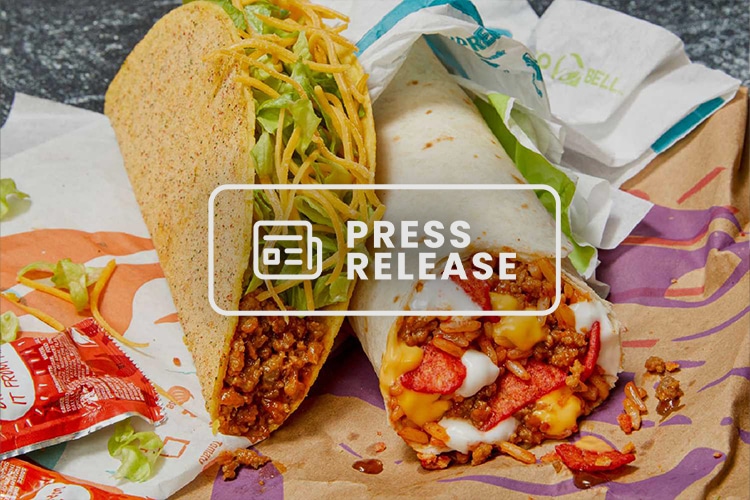The ABCs are essential no matter how old you are or what business you’re in. If you’re in the restaurant biz, they’re vital. Whether it’s opening a new location, locking in vendor prices, or making an upsell, you must Always Be Closing. However, once the doors are open and the rush is on, you also want to ensure your team can Always Be Cooking. To do so, the tables must turn.
What is Table Turnover Rate?
At the end of each day (or period), your restaurant’s physical capacity is one of the caps on revenue. The more diners that pass through your doors, the more money you can make. Table turnover rate measures how often parties occupy your tables during a specific time period.
How to Calculate Table Turnover Rate for Your Restaurant
Do the following to calculate table turnover rate:
- Select the time period to measure. This could be a specific day part or an entire day.
- Count the number of parties (or covers) served at each table during that time. This information should be available via your POS, and you should be able to pull that data into an integrated restaurant management platform to analyze against a library of other metrics.
- Divide the number of parties served by the number of tables to get your total table turnover rate.
Say you want to know your table turnover rate during last Saturday’s dinner rush. You have 25 tables, and your POS shows you served 50 parties during that time. The equation looks like this:
50 parties served ÷ 25 tables = 2
Your table turnover rate for that service was 2. It’s important to know this metric across all day parts of all days of the week and across multiple days, so you have a base of comparison. When combined with information like reservation requests and walk-in wait time, you can find opportunities to consider adding additional staff to add meaningful revenue or schedule less staff on historically less busy days.
Seven Ways to Boost Restaurant Table Turnover
Encourage servers to work as a team
By working together instead of being siloed in individual sections, servers can help each other with the countless small tasks that make up a single table service.
Encouraging servers to work as a team means customers never have to wait to place an order or ask for a bill. Ultimately, this means shorter wait times for customers and faster table turnover. This is especially useful with larger parties, who have more requests, and occupy more tables that must be turned efficiently.
Pull & Study Reports
While you know how to calculate table turnover rate, that’s only part of the picture.
Staff performance reports reveal valuable metrics like average dining duration by server and average spend. When looked at together, you can quickly determine which servers are turning tables rapidly and which are not. This can help you identify opportunities for training to ensure all your servers are as efficient as possible.
Limit menu size
One of the easiest ways to increase table turnover is to limit the size of your menu. Large menus often lead to decision fatigue, and customers will take longer to order.
A small menu makes the process more efficient, which helps limit the time a party occupies a table. A smaller menu can also mean your kitchen operations are more efficient and cost-effective, helping drive sales faster. If a customer is indecisive, you can instruct servers to recommend profitable dishes that the kitchen can fire quickly.
Prep some menu and most service items ahead of time
Many of the small tasks that happen during service can slow turnover. Things like rolling setups or filling ramekins with popular sauces and dressing can gobble up time when done a la minute.
Follow the kitchen’s lead and prep everything you can ahead of time. Fill water pitchers and even partially prep popular menu items like desserts. Just be careful that none of it adversely impacts food quality.
Adjust the decor and atmosphere
Your restaurant’s atmosphere can dramatically affect your speed of service and table turnover rate. Consider the following:
- Music: Try playing upbeat music. Studies show that people eat faster (and drink more) when fast music is in the background.
- Temperature: The ideal dining room temperature is somewhere between 69 to 72 degrees. However, lowering the temperature a bit can encourage customers to eat faster. Of course, don’t turn your dining room into an extension of the walk-in.
- Color Scheme: Warm colors such as yellows, reds, and oranges are more stimulating. Think about how many high-volume fast-food companies use this color palette.
- Seating: Plush booths or chairs may cause guests to linger, so be careful to choose seating that diners won’t want to sleep in.
- Tables: Pay attention to your clientele and the size of parties your restaurant most commonly hosts. Do away with booths and large tables to seat more parties at once.
Invest In Restaurant Technology to Boost Operational Efficiency
Up to this point, we’ve mentioned several restaurant technologies that help turn tables faster. All of them are linked by one overarching theme: menu engineering. By using an end-to-end restaurant management system that integrates with POS and vendors, restaurant leaders can dig into their menus and sales figures to understand which dishes are most popular, most profitable, most complex to prepare, and vice versa. By using restaurant technology to regularly conduct menu engineering analyses and efficiently trim menus, diners can be swiftly carried through unforgettable experiences.
Drop the Check or Relocate Guests
This one might be the most difficult.
Servers can often place a check on a table to signify the end of the meal, but if guests are having a great time, you don’t want to risk alienating them and sending them to your competition. If your restaurant has a bar, one technique is offering them seats and a complimentary drink to make way for the next party.
Servers should also be trained to have their check ready to present when they offer dessert, and if they say no, pocket it and present it later. If there’s no rush, politely remind them it’s ready whenever they are ready.
Conclusion
While so much of the effort in restaurants centers around getting guests in the door, to their tables, and serving them, once things wrap up, it’s important, especially on busy nights with the greatest revenue potential, to artfully move them along.
Honing your table turnover rate is the same as sharpening your operations or food and labor costs. It’s not a one-time exercise but an ongoing effort aided by purpose-built technology to identify and implement market-driven best practices to consistently boost profits and bolster guest experiences.



